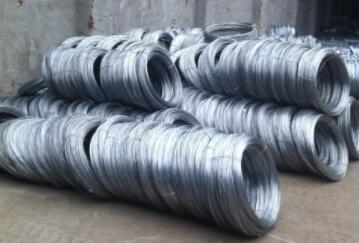Bird Screens for Vents A Practical Solution for Homeowners
Bird screens for vents have become an essential consideration for homeowners looking to keep their living spaces comfortable and pest-free. As urbanization continues to encroach on natural habitats, many bird species have adapted to reside closer to human settlements. This proximity can lead to various challenges, especially when birds find their way into ventilation systems. Bird screens are a simple yet effective solution to this growing issue, preventing birds from nesting in vents, blocking airflow, and creating health hazards.
Understanding the Problem
Birds are often drawn to vents for several reasons. The warmth emanating from heating systems is particularly attractive during colder months. Birds may also perceive vents as potential nesting sites. When they attempt to enter these spaces, they can obstruct airflow, resulting in improper ventilation, which can undermine indoor air quality. Additionally, bird droppings can lead to unsanitary conditions, contributing to health risks for residents.
The consequences of birds invading vents can be quite serious. In some cases, nests can block the exhaust, causing backdrafts that may lead to increased carbon monoxide levels indoors—an entirely preventable danger. To combat these risks, homeowners must consider effective solutions to keep birds away from their ventilation systems.
The Solution Bird Screens
Bird screens are designed specifically to fit over vents, providing a physical barrier that keeps birds out while allowing air to flow freely. These screens are typically made from durable materials like stainless steel, aluminum, or heavy-duty plastic, ensuring they can withstand various weather conditions while remaining effective. Their mesh design allows for adequate airflow while preventing birds from gaining access to the vents.
Installing bird screens has several key benefits
bird screens for vents

2. Improving Air Quality Unobstructed vents mean better air circulation, which is vital for maintaining indoor air quality. Proper ventilation systems are designed to remove stale air and bring in fresh air, crucial for healthy living environments.
3. Minimizing Maintenance Keeping birds out of vents means less cleaning and maintenance down the line. Homeowners can avoid the hassle of removing nests or dealing with other bird-related issues, ensuring that their ventilation systems function optimally.
4. Pest Control Birds can attract other pests, such as insects and rodents, seeking food sources left behind. By preventing birds from accessing vents, homeowners can mitigate the risk of infestations of unwanted pests.
Choosing the Right Bird Screen
When selecting bird screens for vents, homeowners should consider a few critical factors. First, the size of the vent must be accurately measured to ensure a proper fit. Screens that are too large may not offer adequate coverage, while those that are too small can fail to block birds effectively.
Second, it’s essential to choose high-quality materials that can withstand the elements. Stainless steel and aluminum are rust-resistant, ensuring longevity and durability. Additionally, the mesh size is important; it should be small enough to prevent birds from entering but large enough to allow for proper airflow.
Lastly, homeowners may want to consider professional installation, especially for larger or more complex vent systems. Professional installers can ensure that the screens are securely attached and fitted properly, eliminating any potential gaps that birds could exploit.
Conclusion
In conclusion, bird screens for vents are a pragmatic solution for homeowners facing the challenges of urban wildlife. By effectively preventing birds from nesting in ventilation systems, these screens not only promote better air quality and reduce maintenance efforts but also safeguard against potential health hazards. Investing in bird screens is a small but impactful step that can lead to a more comfortable and safer living environment. As our urban landscape continues to evolve, solutions like bird screens become increasingly vital in harmonizing human and wildlife coexistence.

















